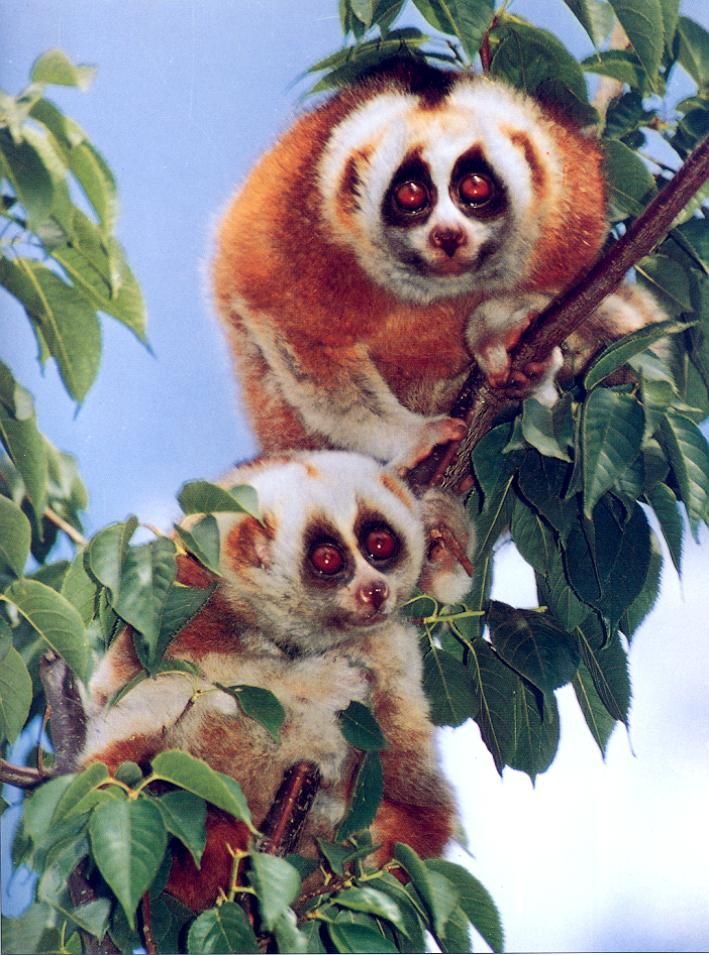| Citation |
|
Description |
Geographic Range [top]
Range Description: This species occurs in Bangladesh, Cambodia, China (southern Yunnan and possibly southern Guangxi), north-eastern India (Arunachal Pradesh, Assam, Manipur, Meghalaya, Mizoram, Nagaland, and Tripura), Lao PDR, Myanmar (including the Mergui Archipelago), Thailand, and Viet Nam (except the south). It may possibly occur as well in northern Peninsular Malaysia.
Countries occurrence:
Native:
Bangladesh; Cambodia; China; India; Lao Peoples Democratic Republic; Myanmar; Thailand; Viet Nam
Additional data:
? Upper elevation limit (metres): 2400
Range Map: Click here to open the map viewer and explore range.
Population [top]
Population: In Lao PDR, the population seems to be fairly undisturbed and occurs in large forest tracts (R. Timmins pers. comm.). Duckworth (1994) and Ratajszczak (1998) both reported the species as being very rare in Lao PDR, with the former reporting abundance indices of about 0.30-0.65/km, and the latter detecting only three after a several week survey. It is recorded in two areas in Bangladesh: Chittagong and Sylhet (Molur et al. 2003). In India, the encounter rates vary from 0.1 to 0.77/km (Radhakrishna et al. 2006). In Viet Nam, the populations are severely reduced and have disappeared from many forests (Fitch-Snyder and Thanh 2002; V. Thanh pers. comm.). In Cambodia it is widespread, though a long-term survey by Starr has also failed to detect this species in most forests. It is also widespread in Thailand (W. Brockelman pers. comm.), though an on-going study by Pliwsungnoen has found that they are absent from many forests, and are at very low densities when they are present (Pliwsungnoen pers. comm.).
Current Population Trend: Decreasing
Additional data:
? Population severely fragmented: No
Habitat and Ecology [top]
Habitat and Ecology: This is an arboreal, nocturnal species that inhabits tropical evergreen rainforest, semi-evergreen forest, and moist deciduous forest. In Viet Nam it is found only in secondary forests, and on the edge of primary forests; they are also known to come close to agricultural fields and plantations (V. Thanh pers. comm.). It ranges from sea level (U. Streicher pers. comm.) up to 2,400 m (Choudhury 2001). It feeds on fruits and gums, but very few insects as compared to slender or pygmy lorises (U. Streicher pers. comm.).
This animals life span is about 15 years, and generation time is 7-8 years. Females give birth to one offspring per litter once every two years in semi-wild conditions (Rowe 1996). In captivity, this rate may be slightly higher (U. Streicher pers. comm.).
Systems: Terrestrial
Threats [top]
Major Threat(s): The major threats that this species habitat faces include farming, timber removal, human settlement, road building, dams, power lines, fragmentations, soil loss and erosion, and deliberately set fires. They are hunted and traded for food, traditional "medicine", sport, and as pets (Molur et al. 2003; Nekaris and Nijman 2007; V. Thanh and U. Streicher pers. comm.). Road kills represent another threat to this species.
Conservation Actions [top]
Conservation Actions: This species is listed in Bangladesh as Schedule III in the Bangladesh Wildlife (Preservation) (Amendment) Act, 1974. In India, it is listed in Schedule I, part I, under the Indian Wildlife Protection Act, 1972 amended up to 2002. This species is protected in Thailand under the Wildlife Protection of 1992; in China it is Class I, and is given the highest protection in Viet Nam under the Wildlife Protection Law (List IB, Decree 32, 2006) on a par with tigers, elephants and bears. In Cambodia, it is protected under law 359 of the Ministry of Forestry and Fisheries, 1994.
This species is found in a large number of protected areas throughout its range, but possibly at low numbers. Actual surveys rather than anecdotal reports are necessary to determine the true abundance of this species in the wild (Nekaris et al. 2008). The species has been recently transfer from Appendix II to Appendix I of CITES (Nekaris and Nijman 2007).
Citation: Streicher, U., Singh, M., Timmins, R.J. & Brockelman, W. 2008. Nycticebus bengalensis. The IUCN Red List of Threatened Species 2008: e.T39758A10263081. http://dx.doi.org/10.2305/IUCN.UK.2008.RLTS.T39758A10263081.en. Downloaded on 14 September 2016.
Disclaimer: To make use of this information, please check the .
Feedback: If you see any errors or have any questions or suggestions on what is shown on this page, please provide us with feedback so that we can correct or extend the information provided
|

